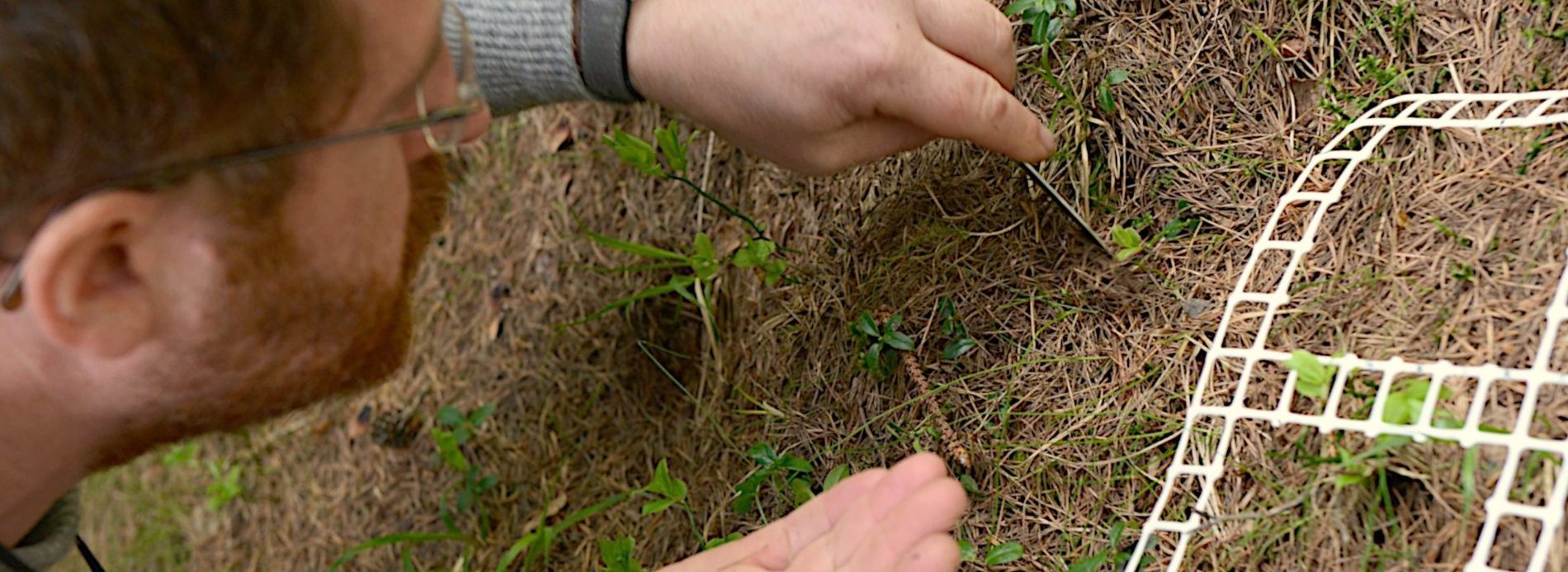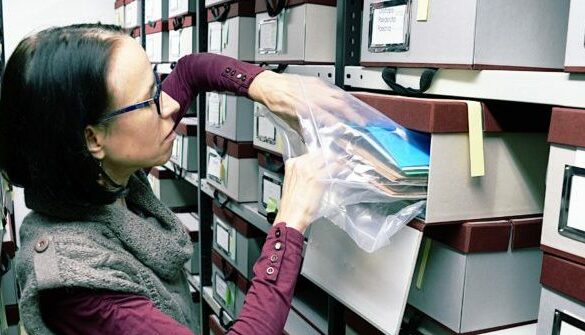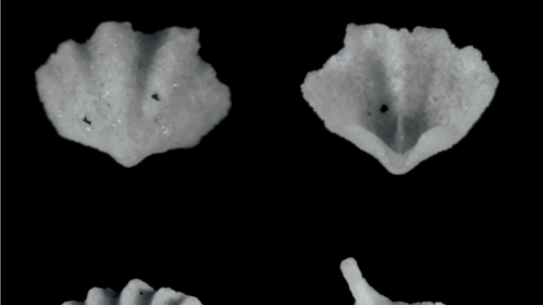

Forschen und Sammeln.
Hier geht es zu den Autoreninformationen für die Gredleriana und Geo.Alp.
Unsere Monografien findet ihr hier
2025
Gras und Zähne Ausstellungskatalog – Al pascolo catalogo mostra
Zoologie
2024
Faunistische Notiz – Wiederfund von Rosalia alpina (Linnaeus, 1758) in Südtirol
Zoologie
2024
Strumigenys baudueri (Insecta: Formicidae), a second species of this cryptic ant genus reported from South Tyrol (Italy)
Zoologie
2024
Leptophyes punctatissima (Orthoptera: Tettigoniidae) – Observation of an established population in South Tyrol and report of additional findings
Zoologie
2024
Ergänzungen und Korrekturen zum Katalog der Gefäßpflanzen Südtirols (12)
Geologie
2024
Neue biostratigrafische Daten aus der Tirolischen Mitteltrias der Oberösterreichischen Kalkalpen
Geologie
2024
Geo.Alp 21
Botanik & Mykologie
2024
Spätglaziale und holozäne Florenund Vegetationsgeschichte des südlichen Mendelkamms, Südtirol ( Provinz Bozen, Italien)
Botanik & Mykologie
2024
Der Ranunculus auricomus-Komplex (Ranunculaceae) in Nordtirol – Ergänzungen und Beschreibung einer neuen Art Ranunculus mediovarians spec. nov.
Zoologie
2024
Unexpected diversity of moths ( Lepidoptera) in the Gardens of Trauttmansdorff Castle (Prov. Bolzano-South Tyrol, Italy)
Weitere Publikationen
Immer auf dem neuesten Stand
Einmal im Monat versenden wir einen Newsletter mit den aktuellen Veranstaltungen und besonderen Neuigkeiten.


 Zoologie
Zoologie
